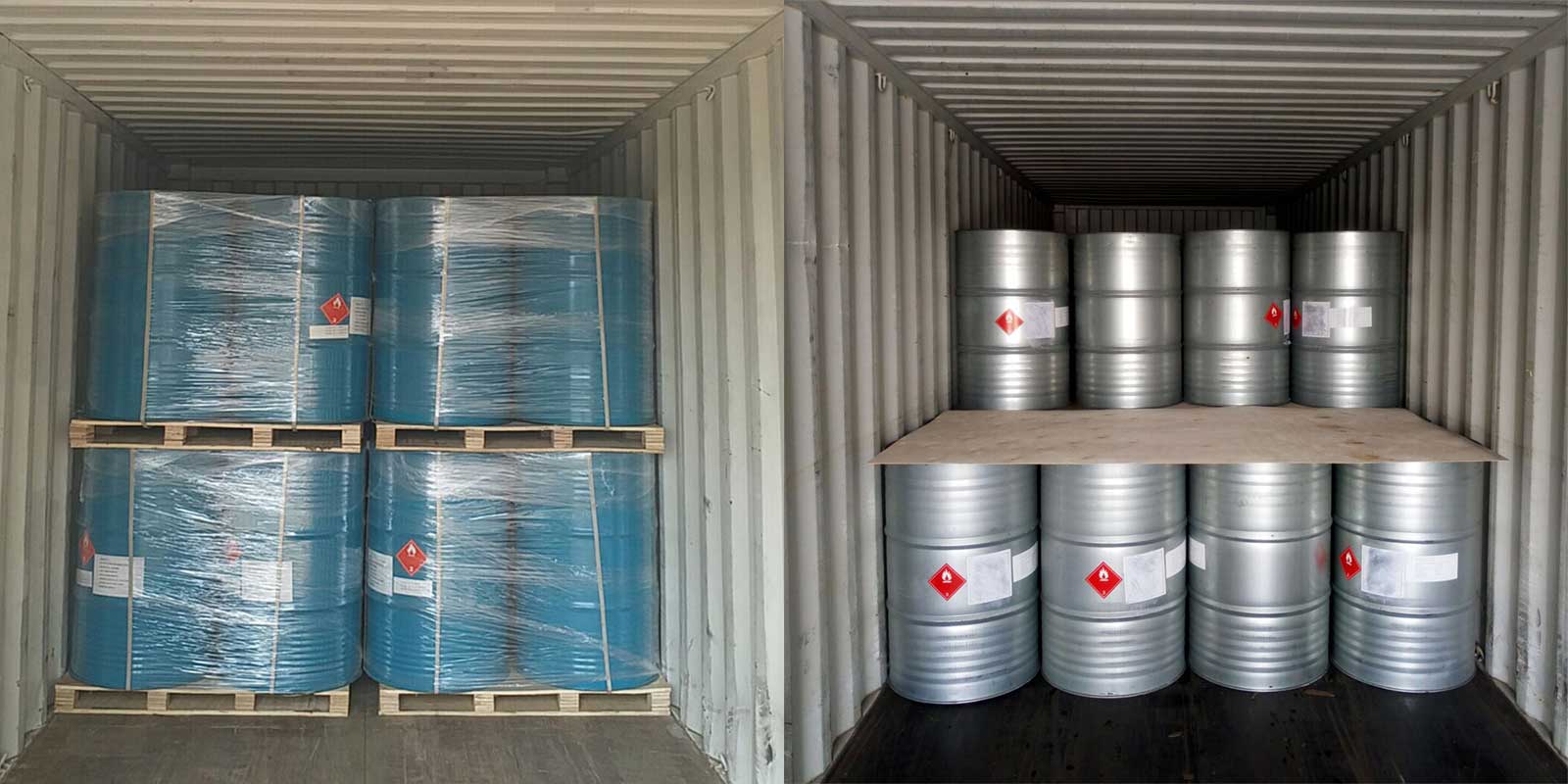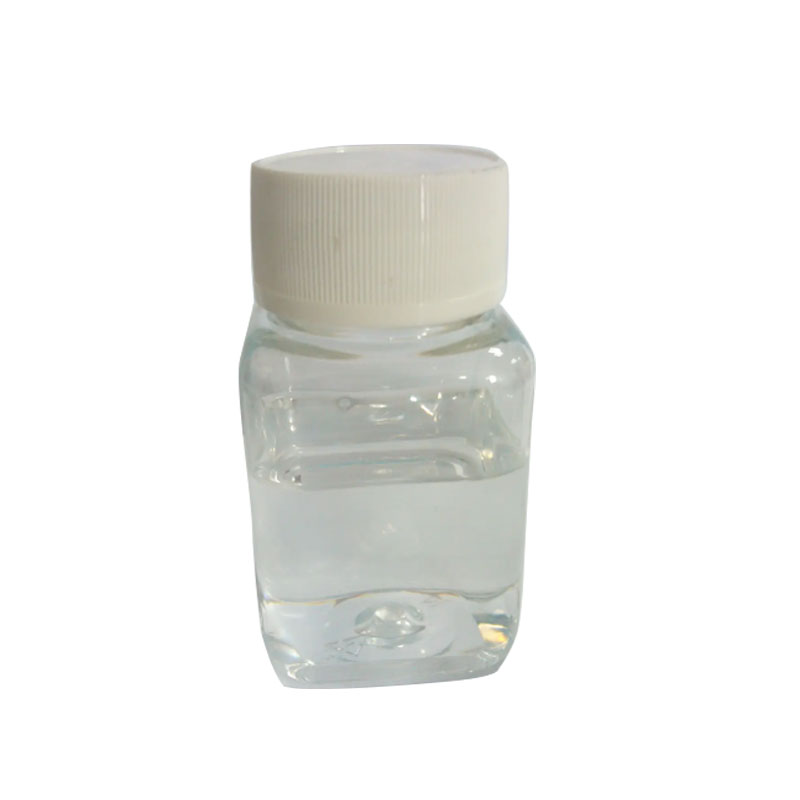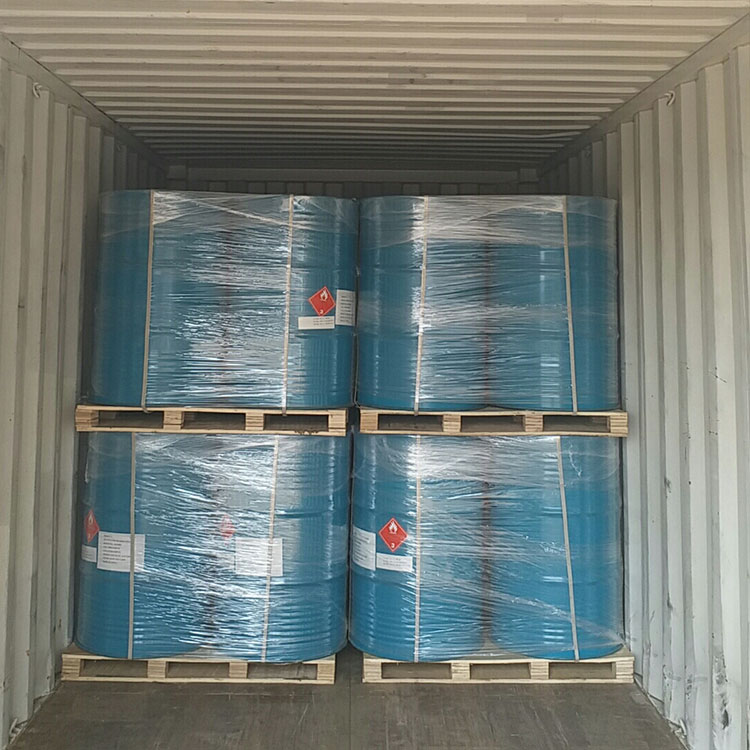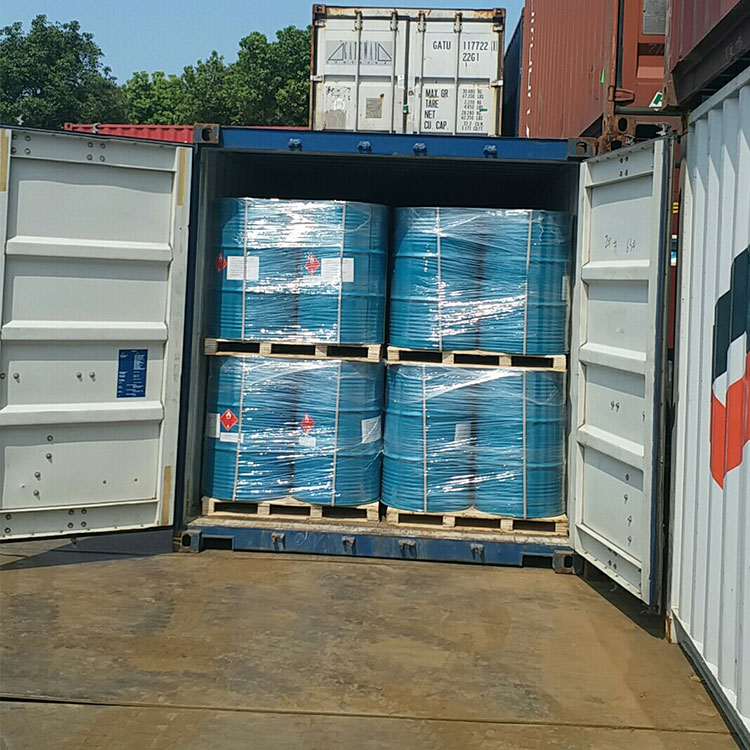2-Methyl-1-propanol CAS#78-83-1
2-Methyl-1-propanol CAS#78-83-1 Promotion Season Now in Store and Free Sample for Testing with Factory Price
Chemical Name:2-Methyl-1-propanol
CAS No.: 78-83-1
Molecular Formula:C4H10O
Molecular weight:74.12
Sample: Available
Mode of Transportation
1. By Air, fast but expensive.
2. By Sea, usual and economy.
3. By Train, suit for middle Asia countries.
4. By Express, suit for small package.
We only provide highest quality goods available, accompanied by after support!
2-Methyl-1-propanol CAS#78-83-1
Isobutanol, additionally recognised as isopropyl alcohol or 2-methyl propanol, is a colorless and flammable liquid. It is one of the most important components of clean tea leaves, black tea and inexperienced tea to produce the top notch aroma. The molecular weight of isobutanol is 74.12, with a boiling factor of 107.66 ℃, a relative density of 0.8016, a refractive index of 1.3959, and a flash factor of 37 ℃. It is soluble in alcohol and ether, however solely barely soluble in water. Isobutanol can structure explosive combinations with air, with an explosion restriction of 2.4% (volume). It can additionally structure addition compounds, such as CaCl2 • 3C4H10O, with calcium chloride.

2-Methyl-1-propanol Chemical Properties |
Melting point | 108 °C (lit.) |
Boiling point | 108 °C (lit.) 108 °C |
density | 0.803 g/mL at 25 °C (lit.) |
vapor density | 2.55 (vs air) |
vapor pressure | 8 mm Hg ( 20 °C) |
refractive index | n |
FEMA | 2179 | ISOBUTYL ALCOHOL |
Fp | 82 °F |
storage temp. | Store at +5°C to +30°C. |
solubility | water: miscible70g/L at 20°C; miscible with alcohol and oils. |
form | Solid |
pka | >14 (Schwarzenbach et al., 1993) |
color | APHA: ≤10 |
Relative polarity | 0.552 |
PH | 7 (80g/l, H2O, 20℃) |
Odor | Slightly suffocating; nonresidual alcoholi |
Odor Threshold | 0.011ppm |
explosive limit | 1.5-12%(V) |
Odor Type | ethereal |
Water Solubility | 95 g/L (20 ºC) |
λmax | λ: 260 nm Amax: 0.10 |
JECFA Number | 251 |
Merck | 14,5131 |
BRN | 1730878 |
Henry's Law Constant | 20.0 at 30.00 °C, 72.2 at 50.00 °C, 133 at 60.00 °C, 216 at 70.00 °C, 330 at 80.00 °C (headspace- GC, Hovorka et al., 2002) |
Exposure limits | TWA 300 mg/m3 (100 ppm) NIOSH, 150 mg/m3 (50 ppm) (ACGIH); IDLH 8000 ppm. |
Dielectric constant | 31.7(-80℃) |
Stability: | Stable. Flammable. Incompatible with strong oxidizing agents, aluminium. |
InChIKey | ZXEKIIBDNHEJCQ-UHFFFAOYSA-N |
LogP | 1 at 25℃ |
CAS DataBase Reference | 78-83-1(CAS DataBase Reference) |
NIST Chemistry Reference | 1-Propanol, 2-methyl-(78-83-1) |
EPA Substance Registry System | Isobutanol (78-83-1) |
Safety Information |
Hazard Codes | Xi |
Risk Statements | 10-37/38-41-67 |
Safety Statements | 13-26-37/39-46-7/9 |
RIDADR | UN 1212 3/PG 3 |
OEB | A |
OEL | TWA: 50 ppm (150 mg/m3) |
WGK Germany | 1 |
RTECS | NP9625000 |
Autoignition Temperature | 801 °F |
TSCA | Yes |
HazardClass | 3 |
PackingGroup | III |
HS Code | 29051990 |
Hazardous Substances Data | 78-83-1(Hazardous Substances Data) |
Toxicity | LD50 orally in rats: 2.46 g/kg (Smyth) |
IDLA | 1,600 ppm |
Product Usage
(1) For evaluation reagents, chromatography reagents, solvents and extraction agent.
(2) As uncooked substances for the natural synthesis, and additionally act as a greatest solvent.
(3) Isobutanol is uncooked substances for natural synthesis. It by and large used in the synthesis of isobutyronitrile, an intermediate for diazinon.
(4) As uncooked substances of natural synthesis, isobutanol is used in the manufacture of petroleum additives, antioxidants, 2, 6-butylated hydroxytoluene, isobutyl acetate (paint solvents), plasticizers, artificial rubber, synthetic musk, fruit oil and artificial drugs. It can additionally be used to purify strontium, barium and lithium salts and different chemical reagents and used as a most excellent solvent.
(5) Extraction solvent. Food flavors listed in GB 2760-96.
Factory and Equipment Show
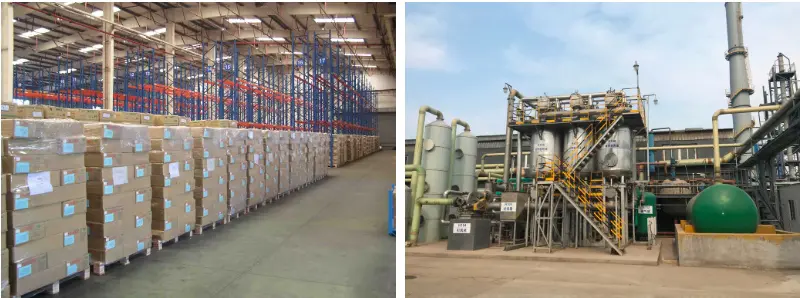
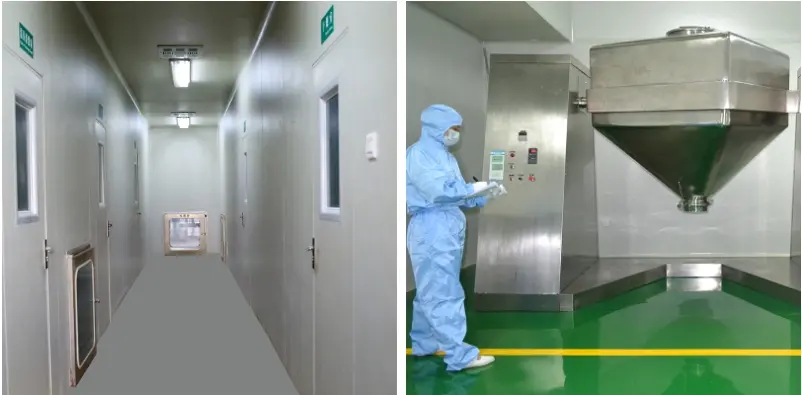
Fast transport time
Inventory 2-3 working days New manufacturing 7-10 working days
